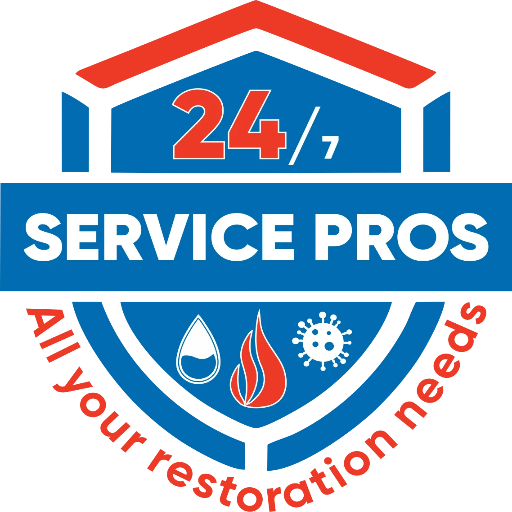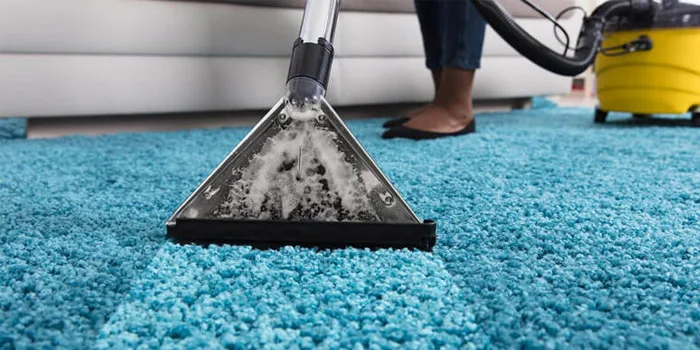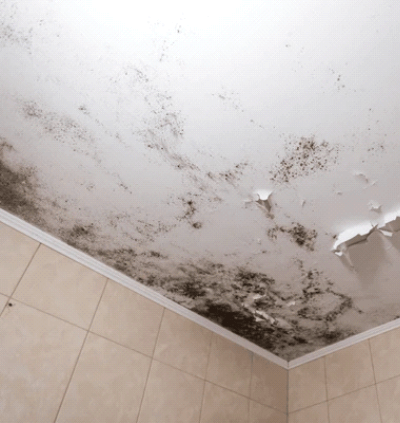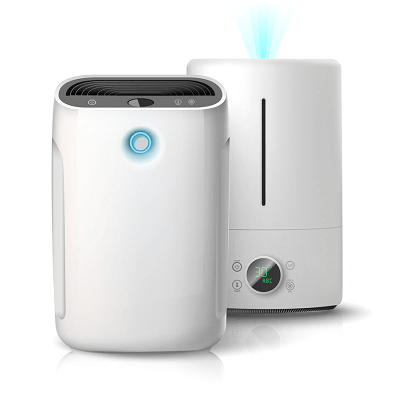Black mold in the shower is not only unsightly but can also pose health risks if left untreated. Fortunately, with the right approach, you can effectively remove black mold and prevent its recurrence.
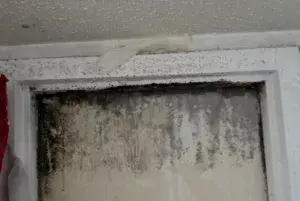
Here’s a comprehensive guide on how to tackle this common household issue.
Understanding Black Mold Formation
Mold thrives in environments with excess moisture, organic materials for food, and moderate temperatures. Bathrooms, with their high humidity levels and presence of dust and debris, provide ideal conditions for mold growth.
Black mold specifically is a type of mold known as Stachybotrys chartarum and can be particularly harmful to health
Safe and Effective Cleaning Methods of Black Mold
Contrary to popular belief, bleach is not an effective solution for removing black mold. Instead, opt for safer alternatives.
Dish soap, vinegar and water
One recommended method involves creating a cleaning solution using dish soap, vinegar, and water. Mix one part dish soap, one part vinegar, and ten parts water in a spray bottle. This solution effectively removes mold without the harshness of bleach.
Concrobium
Another option is to use commercial products like Concrobium, which are specifically designed to tackle mold growth without containing bleach. These products can be found in most hardware stores and offer an effective solution for mold removal.
When cleaning, ensure to scrub the affected areas thoroughly, paying particular attention to corners and areas where mold tends to accumulate. Once cleaned, allow the area to dry completely.
Preventative Measures to Keep Mold at Bay
Preventing mold growth in the shower requires consistent maintenance and proactive measures. Here are some tips to prevent mold from returning:
- Proper Ventilation: Install and use a bathroom exhaust fan to remove excess humidity after showers. Run the fan before, during, and after bathing for at least 45 minutes to ensure proper ventilation. If your bathroom lacks a fan, consider having one installed to improve air circulation.
- Keep Surfaces Dry: Wipe down wet surfaces, such as shower walls and floors, after each use to prevent moisture buildup. Hang up damp towels and clothing to dry rather than leaving them on the floor.
- Regular Cleaning: Remove dust, dirt, and organic debris from all bathroom surfaces regularly. Pay close attention to areas prone to mold growth, such as window frames, sink areas, and behind toilets.
- Control Humidity: In regions with high humidity, consider using a dehumidifier to maintain optimal indoor humidity levels and inhibit mold growth.
Learn More
Health Risks and When to Seek Professional Mold Removal Help
Black mold can have serious health consequences, particularly for individuals with allergies or respiratory conditions. If you suspect extensive mold growth or if mold has infiltrated areas beyond the shower, such as inside walls, it’s crucial to seek professional mold remediation services. Attempting to address large-scale mold issues without proper expertise can exacerbate the problem and pose health risks.
In conclusion, addressing black mold in the shower requires a combination of safe cleaning methods, preventative measures, and awareness of potential health risks. By following these guidelines, you can effectively remove black mold from your shower and create a healthier living environment for you and your family. While DIY methods can effectively address minor mold issues, extensive or persistent mold growth may necessitate the expertise of professional mold remediation services. Companies like 24/7 Service Pros specialize in thorough mold removal, ensuring a safe and effective solution to even the most challenging mold infestations.
Which Areas We Serve in Florida?
- Hollywood
- Davie
- Miami Beach
- Weston
- Hallandale Beach
- North Miami Beach
- Sunrise
- Tamarac
- Coconut Creek
- Fort Lauderdale
- Miami
- Boca Raton
- Hialeah
- Margate
- Pembrock Pines
- Dania Beach
- Lauderhill
- Delray Beach
- Pompano Beach
- Deerfield Beach
- Coral Springs
- Plantation
- Doral
- Aventura
- Miramar
- Sunny Isles Beach
